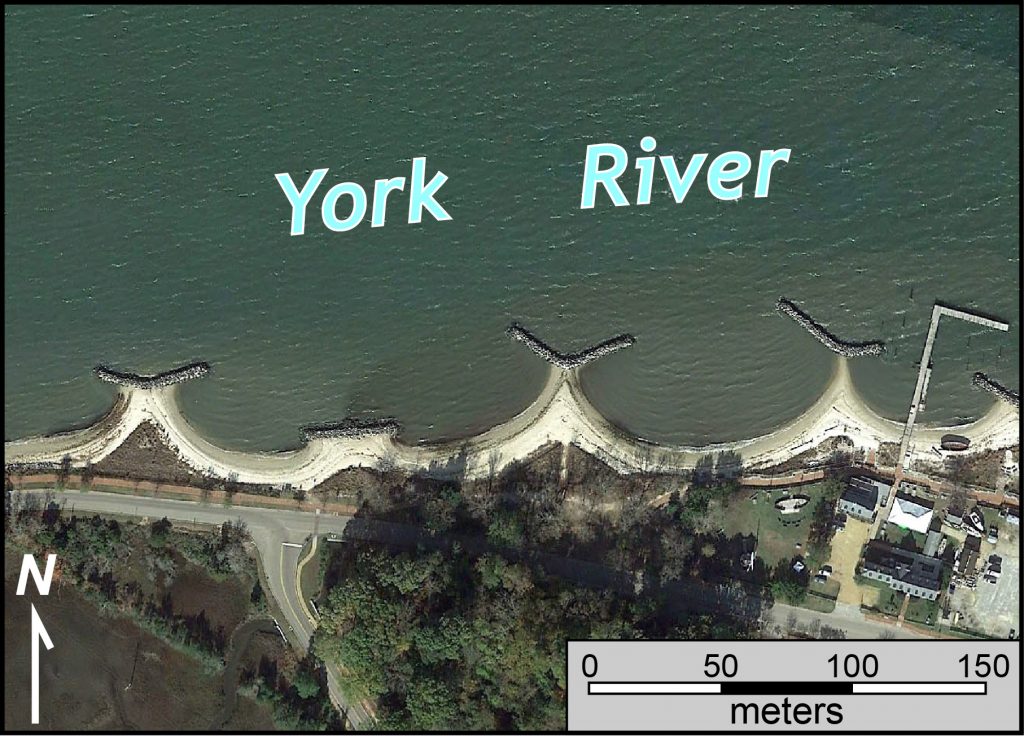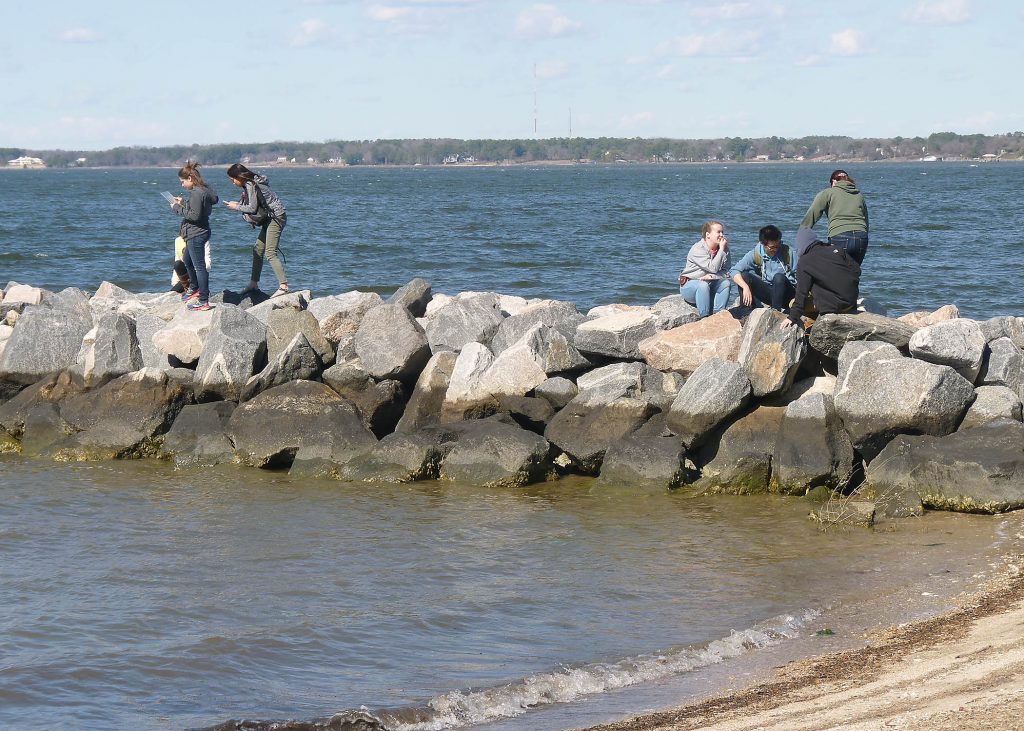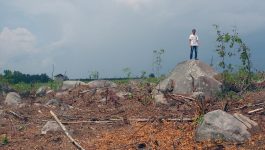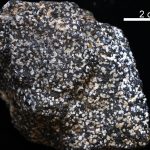Yorktown became a famous locale in 1781 after the surrender of the British troops which effectively ended the Revolutionary War. British forces in and around Yorktown dug a number of defensive earthworks that were sieged by American and French troops over a three-week period prior to the surrender on October 19th, 1781.
In the early 21st century Yorktown acquired a new type of defense, coastal structures designed to protect the shoreline in Yorktown from erosion. These structures include hard structures, such as breakwaters and groins composed of massive blocks (rip-rap) placed in the nearshore that are intended to break waves before they erode the shoreline and trap sand landward of the structure. The sandy beach at Yorktown is not natural, rather it’s the result of beach replenishment– sand was brought in from elsewhere to create the modern strand.
Time will tell whether these defenses are up to the challenge of coastal erosion and sea-level change.



